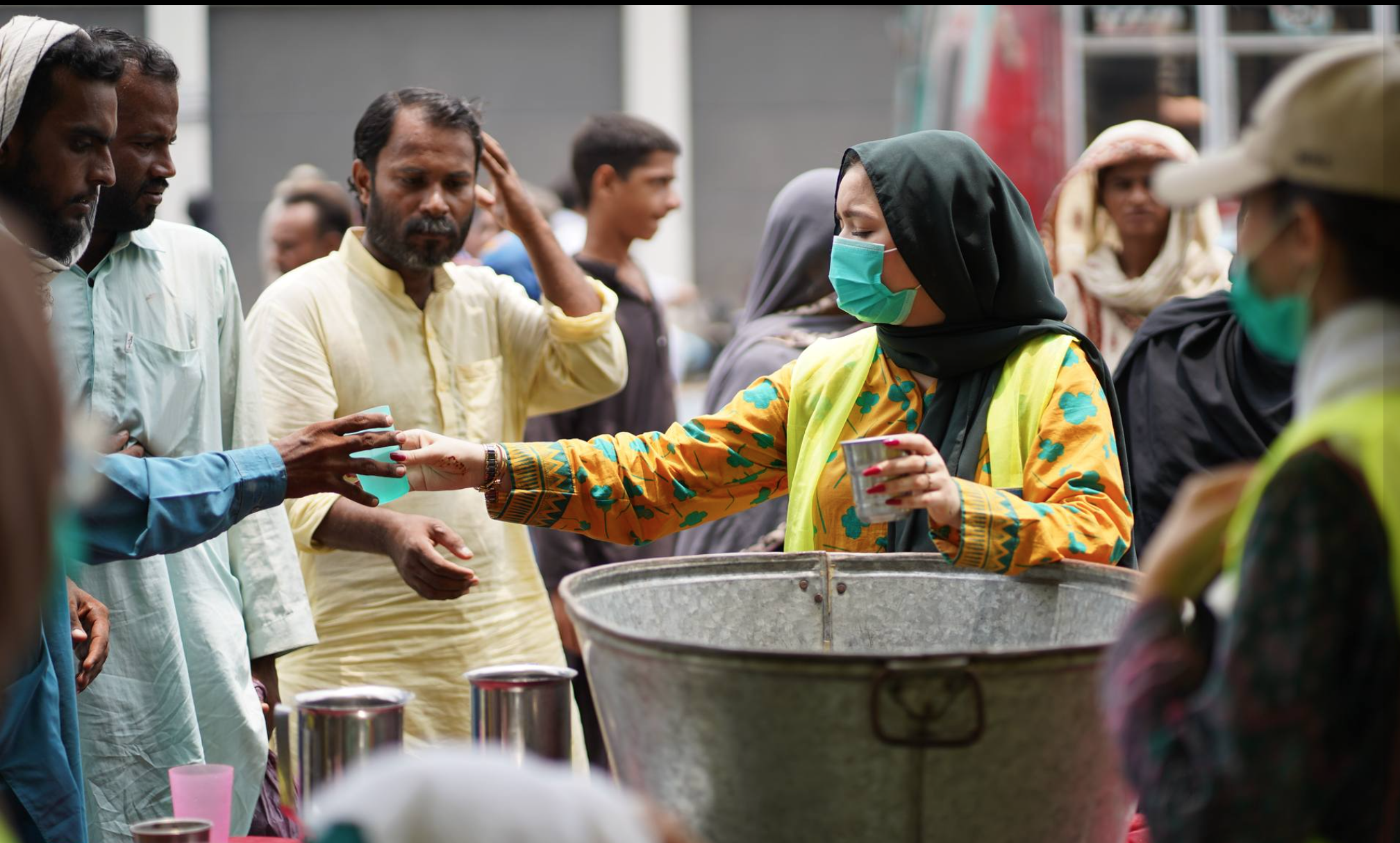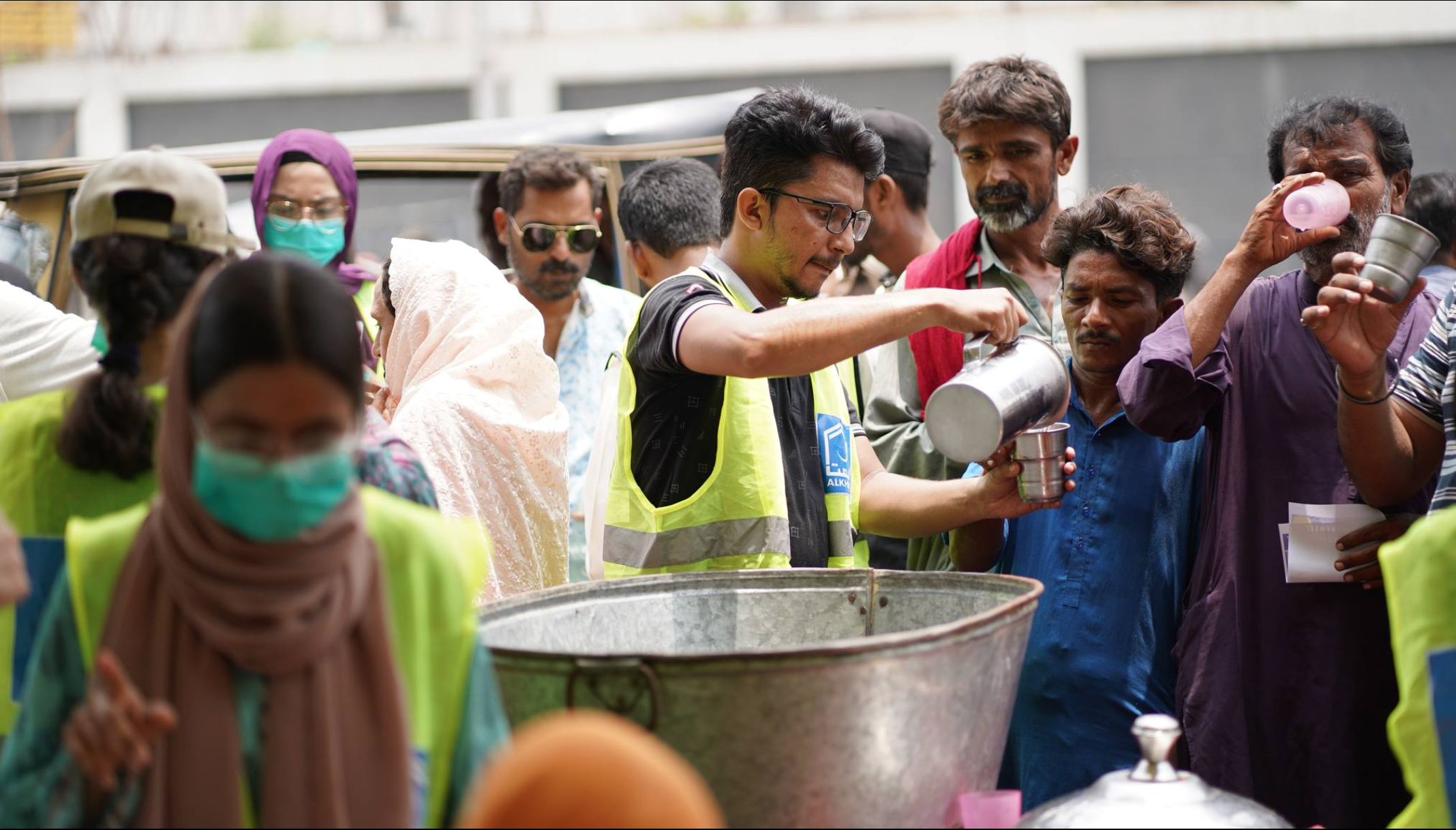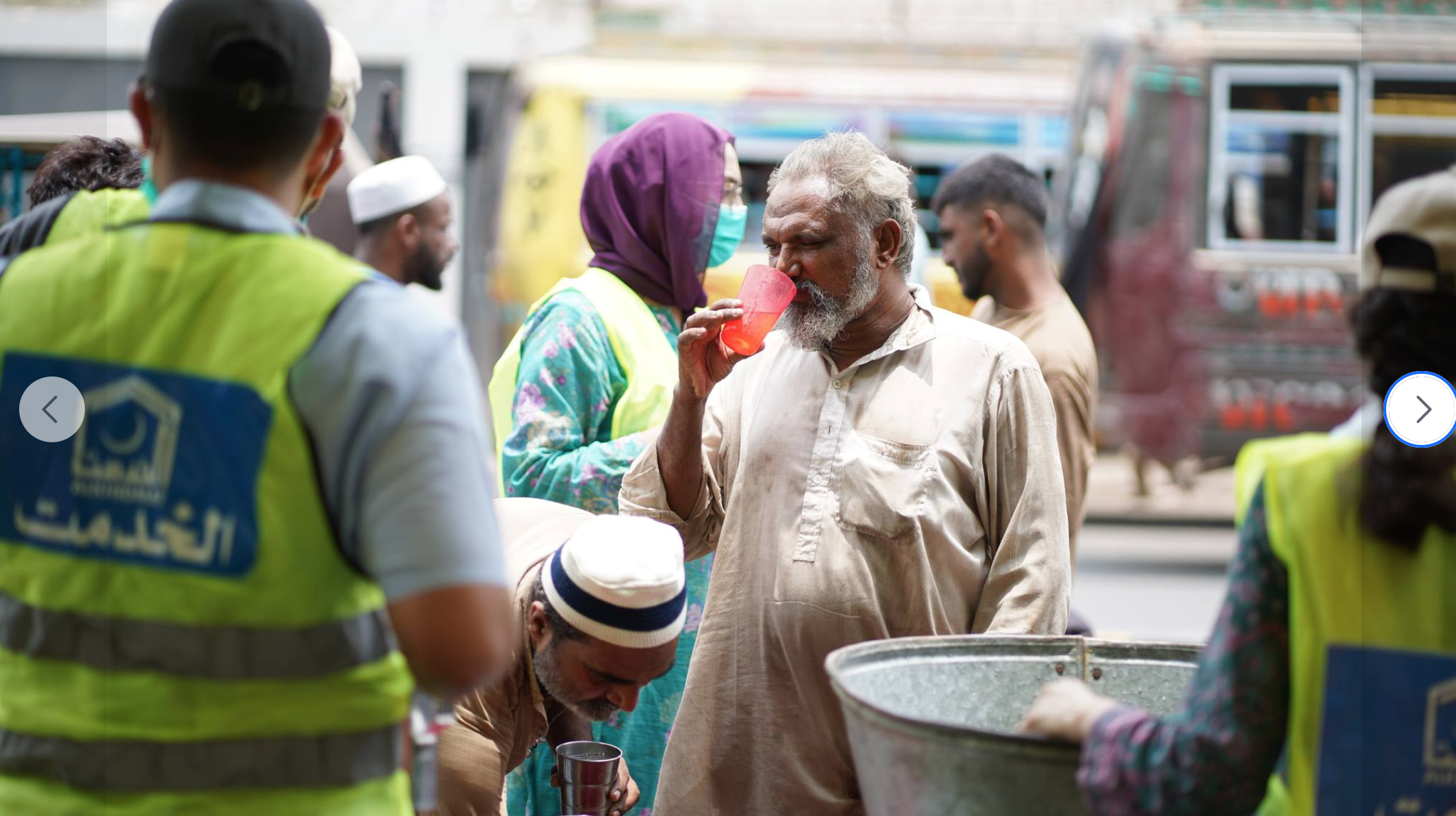- Dr. Azalfa Malik
- May 29, 2025
- Updated about
Risks, Symptoms & Precautions You Need to Know
As the world grapples with climate change, heatwaves have become more frequent, intense, and prolonged. The current situation all across Pakistan has raised alarming concerns and issued weather warnings at national and provincial levels. High-temperatures exceeding bearable levels of heat can have devastating effects on human health, particularly for vulnerable populations. Heat-related illnesses, such as heat exhaustion and heatstroke, can be life-threatening if not recognized and treated promptly.
Who is at risk?
Certain groups are more susceptible to heat-related illnesses due to their occupation, living conditions, or health status.
- Outdoor workers, manual laborers, domestic help and athletes exposed to excess heat
- Urban and rural poor who live in low-quality housing with limited access to cooling
- People (mostly women) who are responsible for cooking indoors during hot weather
- People with pre-existing medical conditions, or any chronic illnesses such as cardiovascular disease, diabetes, and respiratory problems
- Infants, children, older adults and animals who may be more vulnerable to heat stress

Understanding heat-related illnesses
When the body is exposed to extreme heat, it can struggle to regulate its internal temperature. This can lead to a range of health problems, including:
HEAT EXHAUSTION a condition characterized by heavy sweating, pale skin, fast and weak pulse, nausea or vomiting, and dizziness
HEAT STROKE a life-threatening condition that occurs when the body's temperature regulation system is overloaded, causing the body temperature to rise rapidly
Preventing heat-related illnesses
- Stay out of the heat: avoid going outside during the hottest part of the day, and stay in the shade or a cool place
- Keep your home cool:
use natural ventilation, shades and canopies, fans, Air conditioners and other cooling devices to keep your home at a comfortable temperature
- Stay hydrated:
drink plenty of water, juices, soft drinks, electrolytes regularly and avoid strenuous activities
- Protect vulnerable individuals:
check in on older adults, younger children, people with pre-existing medical conditions or disability, and those living alone or requiring extra care
- Never leave children or animals in parked vehicles:
as the greenhouse effect can cause internal vehicle temperature to rise which can quickly become life-threatening. Keep windows and doors open for air passage.

Recognize the signs of heat stroke
Heatstroke is a medical emergency that requires immediate attention. If you or someone else is experiencing any of the following symptoms, seek medical help right away:
- Fainting, dizziness, weakness, tiredness or loss of consciousness
- Nausea and/ or vomiting
- Stopped sweating
- High body temperature
Next Steps
If you suspect someone has heatstroke, follow these steps:
1. Call for emergency medical help immediately. Dial 1122
2. Move the person to a shady or air-conditioned location
3. Remove excess clothing and cool the person down using any available means, such as cold water, ice packs, or fans
4. Monitor the person's condition until medical help arrives
5. Do not give the person any paracetamol or aspirin

Pointers for Healthcare and Relief Workers
For healthcare professionals, relief workers and volunteers; it's essential to be aware of the clinical guidelines for managing heat-related illnesses.
Mild heat illnesses
rest, rehydration, and passive stretching for heat cramps; resolving spontaneously for heat edema and prickly heat
Moderate to severe heat illnesses
aggressive cooling measures, such as immersion in cold water or using ice packs and fans, and activating emergency medical services
By understanding the risks and taking preventive measures, we can reduce the impact of heat-related illnesses and keep our communities safe during heatwaves.
Bio.
show more
It is a long established fact that a reader will be distracted by the readable content of a page when looking at its layout.
It is a long established fact that a reader will be distracted by the readable content of a page when looking at its layout.